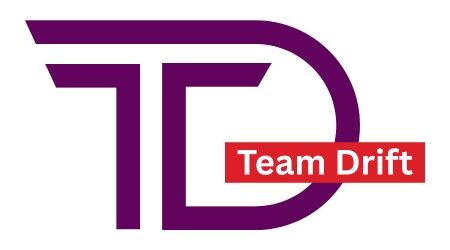In 2025, millions of Americans are set to receive a one-time $697 direct deposit aimed at helping households manage rising costs of living. This relief payment, backed by federal funds, is being distributed to eligible low- and middle-income individuals as part of the government’s effort to provide financial breathing room amid inflation and economic uncertainty.
If you’re wondering whether you’re eligible and when your payment will arrive, here’s everything you need to know.
What Is the $697 Direct Deposit Program?
The $697 payment is a targeted financial relief initiative rolled out by the federal government in partnership with state agencies and the IRS. It’s designed to provide quick cash assistance to working individuals, families, and seniors impacted by higher daily expenses such as rent, groceries, gas, and healthcare.
This stimulus-style payment is not recurring, but it aims to deliver timely support where it’s needed most.
Why Is This Payment Being Issued?
Americans continue to feel the pressure of inflation, with wages not keeping pace with the rising costs of essentials. This payment is meant to:
- Offset higher cost-of-living expenses
- Support local economic activity by boosting consumer spending
- Assist vulnerable populations in avoiding debt or missed payments
- Strengthen short-term financial stability for millions of citizens
Who Is Eligible to Receive the $697?
Eligibility is determined primarily through your most recent tax return and government benefit status. You may qualify if you meet the following criteria:
- You are a U.S. citizen or legal resident
- You earned less than $75,000 (individual) or $150,000 (joint filers) in adjusted gross income in 2023
- You filed a 2023 federal tax return or receive benefits from Social Security, SSDI, SSI, or VA
- You are 18 years or older, or a legal dependent with a valid Social Security Number
People who don’t normally file taxes may still be eligible but could need to submit their information through an IRS portal.
When Will the $697 Be Paid?
The payments are scheduled to begin in mid-August 2025, with most recipients receiving their funds by the end of September.
- Direct deposit recipients: August 15 to September 5
- Social Security/VA recipients: September 10 to 25
- Paper check recipients: Late September through early October
Those with updated bank account details on file will receive payments faster than those awaiting mailed checks.
How Will You Receive the Money?
Payments will be issued through the method the IRS or federal agency already uses to send tax refunds or benefits:
- Direct deposit into your bank account
- Paper check mailed to your address on file
- Prepaid debit card, in limited cases for those without banking access
Make sure your bank and address information are current with the IRS or the Social Security Administration.
Do You Need to Apply?
Most people do not need to apply to receive the $697. The IRS will automatically distribute payments to eligible individuals based on 2023 tax records or benefit enrollment.
However, if you didn’t file taxes in 2023 or haven’t received federal benefits, you may need to use a special IRS non-filer form that will be made available online starting in August 2025.
What If You Didn’t File Taxes?
You may still qualify even if you didn’t file taxes last year — especially if you earned very little income or relied on non-taxable benefits. The government will provide an online tool for non-filers to submit basic information like:
- Full name and SSN
- Mailing and banking details
- Income declaration
Filing a 2023 return now can also help you secure other credits you may have missed, like the Earned Income Tax Credit (EITC).
Will This Affect My Other Benefits?
No. The $697 payment will not:
- Be counted as taxable income
- Reduce your eligibility for Medicaid, SNAP, TANF, or housing aid
- Affect your Social Security, SSI, or veterans benefits
It is considered a tax credit refund and does not interfere with any need-based programs.
Why This Matters
For many individuals and families, this $697 can go a long way toward catching up on essentials. Whether it’s rent, groceries, utility bills, or transportation, this direct deposit offers timely relief in a year where every dollar counts.
If you believe you qualify, monitor your bank account or mailbox starting in mid-August 2025. If nothing arrives by early October, the IRS will provide tools for tracking and reporting missing payments.

